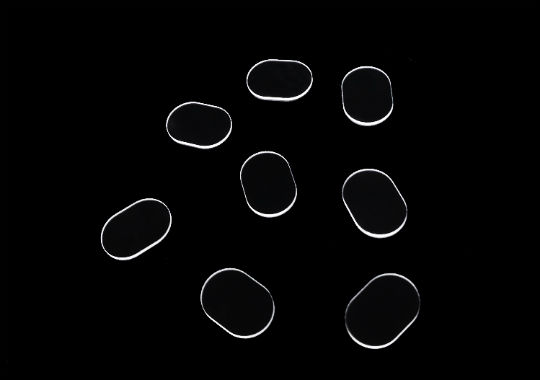
As we all know, quartz sheets are widely used, and there are many quartz sheet manufacturers in Lianyungang area, so what to choose among the many quartz sheet manufacturers is probably a headache for consumers. For customization, we can choose a large standard manufacturer like our Donghai ALFA Products Co., Ltd., so today, Donghai ALFA Products Co., Ltd. will introduce to you several classifications of quartz plates according to their optical properties.
1. Far ultraviolet optical quartz glass
Transparent in the ultraviolet and visible spectral range; no absorption band in the range of 185-250nm; strong absorption band in the range of 2600-2800nm; non-luminescent, stable light radiation.
2. Ultraviolet optical quartz glass
Transparent in the ultraviolet and visible spectrum; no absorption band in the range of 200-250nm; strong absorption band in the range of 2600-2800nm; non-luminescent, stable in light radiation.
3. Infrared optical quartz glass
It is transparent in the visible and infrared spectral range; there is no obvious absorption band in the range of 2600-2800nm. Compared with ordinary silicate glass, transparent quartz glass has excellent transmission performance in the whole wavelength head. The spectral transmittance in the infrared region is larger than that of ordinary glass; in the visible region, the transmittance of quartz glass is also relatively high. In the ultraviolet spectrum region, especially in the short-wave ultraviolet region, the spectral transmission is much better than other glasses.
Spectral transmittance is affected by three factors: reflection, scattering and absorption. The reflection of quartz glass is generally 8%, which is larger in the ultraviolet region and smaller in the infrared region. Therefore, the transmittance of quartz glass is generally not more than 92%. The scattering of quartz glass is relatively small and can generally be ignored. The spectral absorption is closely related to the impurity content of quartz glass and the production process; the transmittance in the band below 200 nanometers represents the amount of metal impurities; the absorption at 240 nanometers represents the amount of oxygen-deficient structures; it can be seen that The absorption in the band is caused by the existence of transition metal ions, and the absorption at 2730 nm is the absorption peak of hydroxyl, which can be used to calculate the hydroxyl content.